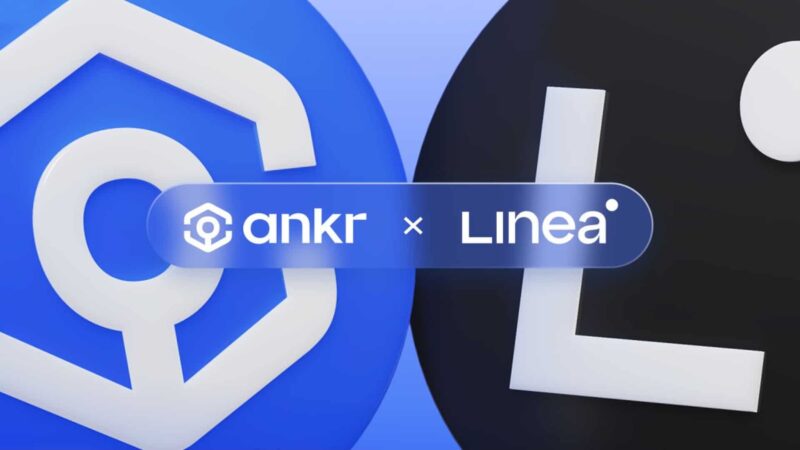Vitalik Buterin, co-founder of Ethereum, recently highlighted the significant advantages that Verkle Trees will bring to solo validators and Ethereum network nodes. In a publication on X, Vitalik emphasized Verkle trees as a major technological advancement in the Ethereum protocol, promising to significantly reduce the size of proofs and hardware requirements for nodes.
Verkle Trees: Turning point for staking and nodes
The Verkle Trees, which are an integral part of Ethereum’s post-merge roadmap, will enable validator clients to operate in a stateless manner, with Vitalik noting their ability to allow staking nodes to run with almost zero hard disk space and sync almost instantly. This upgrade is seen as a giant step towards achieving the goal of making the Ethereum network more accessible and efficient.
The five-step evolution towards the ultimate version of Ethereum
Vitalik had previously described a progressive five-step process leading to what he called the endpoint of Ethereum’s development. This vision was shared after the highly anticipated activation of the Beacon Chain in September 2022, marking Ethereum’s transition to proof-of-stake consensus.
The Verkle Trees, under the Verge stage of Ethereum’s roadmap, aim to optimize data storage and node size. They provide similar functionality to Merkle Trees by aggregating all the transactions in a block to produce a proof of the entire data set, thereby verifying their authenticity with increased proof size efficiency.
The implementation of Verkle Trees is underway and will require several changes in the Ethereum protocol, including a new data structure to store the network state, a new gas accounting model, a strategy to migrate Ethereum’s state from Merkle Trees to Verkle Trees, new cryptographic primitives, and new block-level fields.




